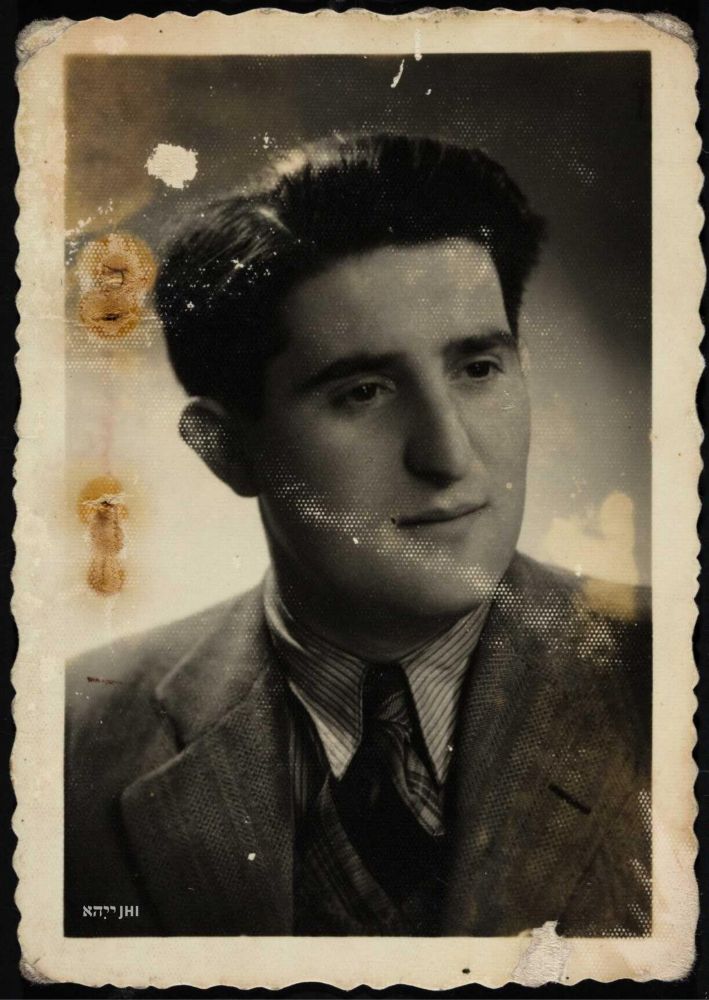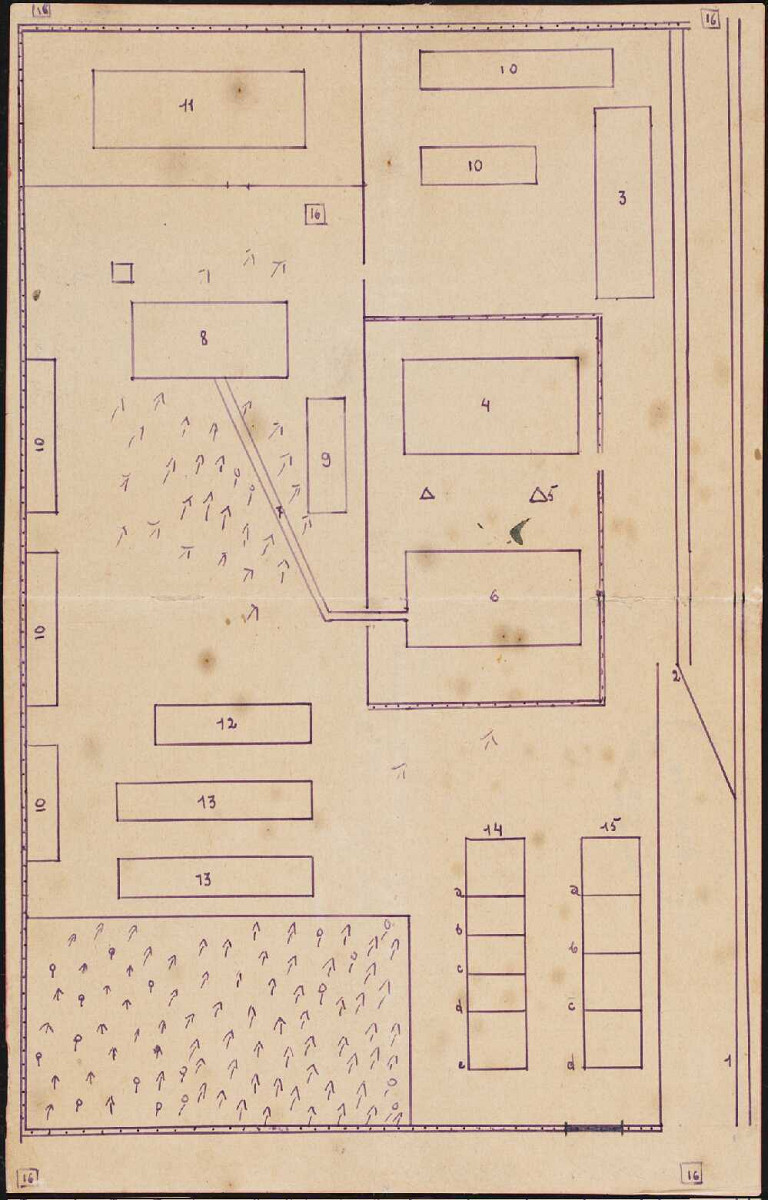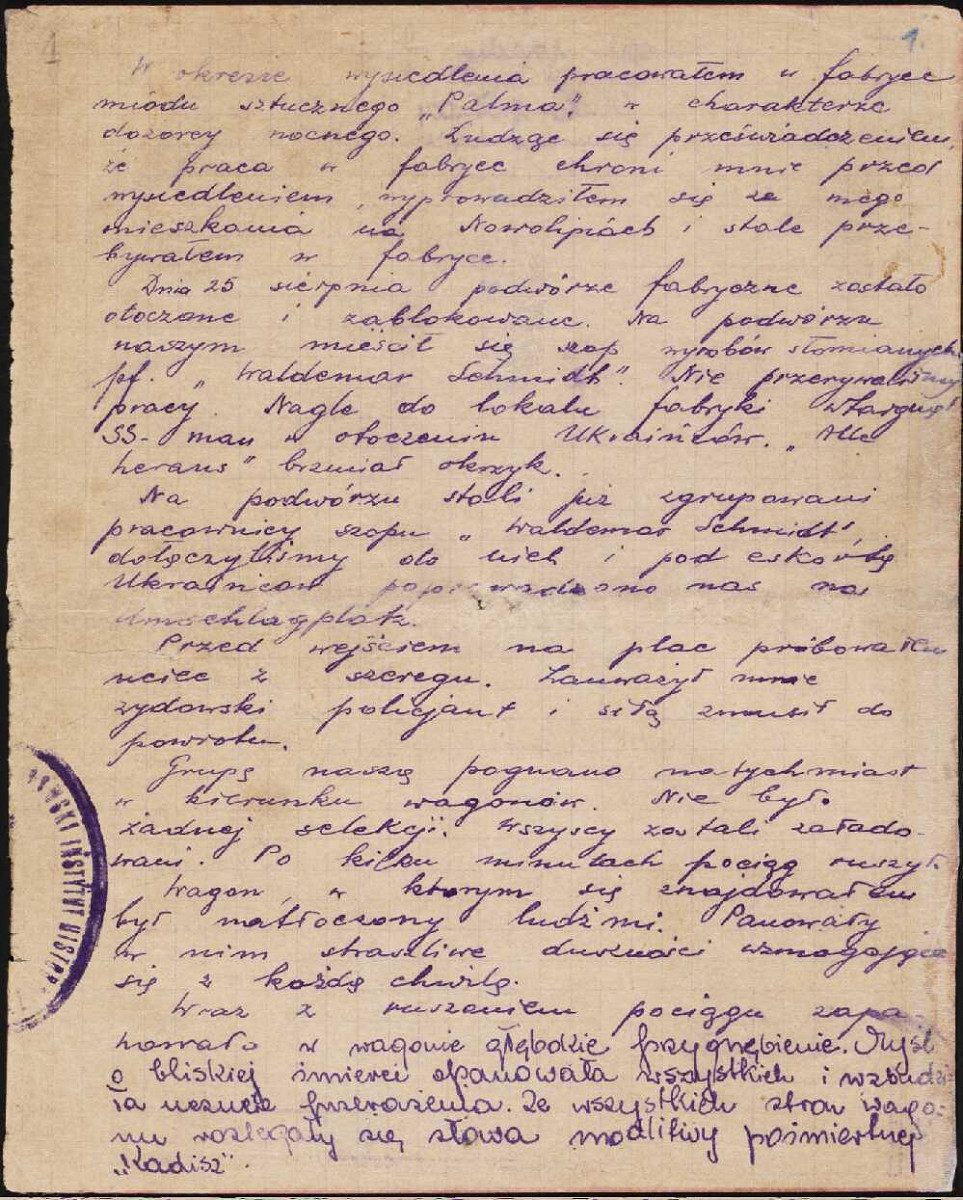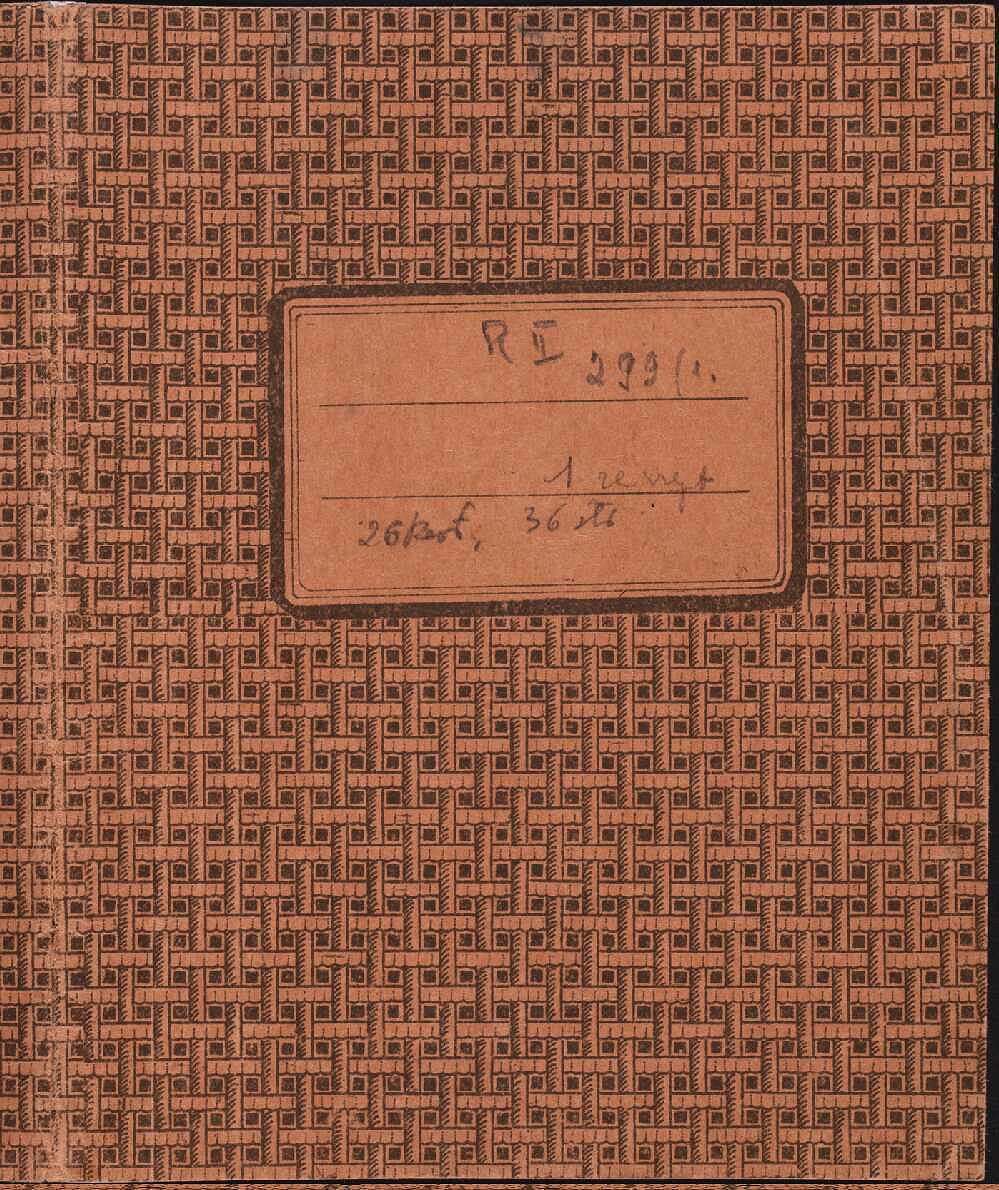- News
- Events
- Oneg Shabbat
- Collections
- Research
- Exhibitions
- Education
- Publishing Department
- Genealogy
- About the Institute
- Bookstore


Abraham (Jakub) Krzepicki /
Abraham Krzepicki was born in 1915 in Praszka, in Wieluń county. In 1928, together with his family, he moved to Gdańsk, where he joined the Polish Army one year later. When the war broke out, he was interned in the POW camp in Lublin. Half a year, he managed to escape the camp and reach Warsaw, where he found employment in the „Palma” artificial honey and sweets at 19 Zamenhofa street.
On 25 August 1942, about 7:30, during the Great Deportation, he was arrested together with a group of his coworkers. He was taken to the Umschlagplatz, and from there — transported to the Treblinka II extermination camp. He miraculously avoided death thanks to the fact thet he was included in the unit responsible for carrying and burying the bodies.
As he said in his own words, I gradually learned about the entire mechanism of the Treblinka II extermination camp. He was sorting the clothing in the storage, clearing the road leading to the gas chambers, and participated in all stages of accepting new transports of prisoners.

My heart was burning with pain and rage when I saw the fear, the terror, the confusion of thousands of people, the helplessness of the poor souls trying to run away from the devil’s hands. Women, small children, men strong like oaks, but helpless like babies. Unable to use their cleverness, their skill or power. Left by God and people to the mercy of fate.
In his account, he described in detail the work in the barrack where the victims had to undress before going to the gas chamber: Seeing the scenes in the barrack, hearing the conversations and the crying, I was suffering immeasurably. I was looking at beautiful children, like small angels, at blooming young girls, and my heart was breaking out of pain and anger – how come can one destroy so much beauty. At the same time, I was learning one lesson: to escape, escape from there, to see my revenge, to see something different with the same eyes that have to look at this.

In the last days of his imprisonment at the camp, he joined a group of loggers providing wood for the camp. When we were walking down the unfenced part of the road leading to the forest, we were seeing farmers in the field in the distance. I was looking at them, and my heart was squeezed by fierce envy. They are human, and so am I. They are free, and I am constantly under control. The sky and trees are beautiful, but the world is too small for me.
On 11 September, during selection, he found himself in a group of prisoners sentenced to death in the gas chambers. Yet he was lucky again: a prisoner standing next to him stabbed the scharführer responsible for selection in the back. Due to chaos, transport to the gas chamber was suspended; 10 people were due to be shot instead. I was standing there and fate was playing games on me – they took a man on my left and on my right, and I remained alive.
The next day brought another selection. Krzepicki, uncertain whether they’re choosing people for work or to be shot, didn’t move. I can’t say today what stopped me then. It was a feeling as if I became a stone. The entire group was shot. Krzepicki escaped death again.
On 13 September, Krzepicki made an attempt to escape. He wrote: On this day, I have to run away at all costs, to have a clear conscience; even if I get kiled, I will know why. About 4 PM, he was assigned to a group loading clothes carried away from the camp. Together with three other prisoners, he hid in one of the carriages and jumped out of the train three kilometres away from the camp. The last part of the account describes the stages of his way to Warsaw. He reached the Warsaw Ghetto at the end of the month, when the Great Deportation was already over.
Krzepicki’s testimony, in which he describes in detail his experience of transport to Treblinka and of his escape, as well as a period when he was staying in hiding in a forest near Stoczek, was written down by Rachela Auerbach from the Oneg Shabbat group. In the ghetto, she was a neighbour of Krzepicki, who lived at 37 Nalewki street. The record lasted from 28 December 1942 until 7 March 1943.

The original account, with Rachela Auerbach’s introduction and comments added, was hidden in the second part of the Ringelblum Archive. It has 323 pages and takes three notebooks. The testimony was expanded with a drawing of the plan of the camp, a photograph of Krzepicki taken in Warsaw and addresses of his closest relatives to be informed about his death. As Lea Prais notes in the introduction to Krzepicki’s account, „Człowiek uciekł z Treblinek...”,(„A man escaped from Treblinka...”), published in 2017 by the JHI, the Ringelblum Archive contains several testimonies from Jews who managed to escaped from Treblinka, but Krzepicki’s account about the beginnings of the functioning of the camp is „the most extensive and detailed”.
After his return to Warsaw, Krzepicki joined the Jewish Combat Organization. He died most likely on 22 April 1943.
Krzepicki’s account was published first in Yiddish in 1956, in the „Bleter far Geszichte” magazine. Years later, a Hebrew translation was published on the Massuah Institute website.
Both testimonies by Krzepicki – the complete and the shortened one – can be found in the 13th volume of the complete edition of the Ringelblum Archive, „Ostatnim etapem przesiedlenia jest śmierć” (The last stage of resettlement is death) — available also at the Central Jewish Library.
In 2017, the Jewish Historical Institute published the book Człowiek uciekł z Treblinek... — rozmowy z powracającym (A man escaped from Treblinka... — in conversation with the one who returned) (available in Polish only).
----------------------
In the article, fragments of : Lea Prais, Wprowadzenie do „Człowiek uciekł z Treblinek...”, transl. Krzysztof Środa, JHI, Warsaw 2017, have been used.
The project is generously supported by the Taube Philantropies.
![logos_TaubePhilanthropies.png [7.41 KB]](https://www.jhi.pl/storage/image/core_files/2020/12/11/f10aa2f8473e22e198a5258cd5f57e7d/png/jhi/preview/logos_TaubePhilanthropies.png)